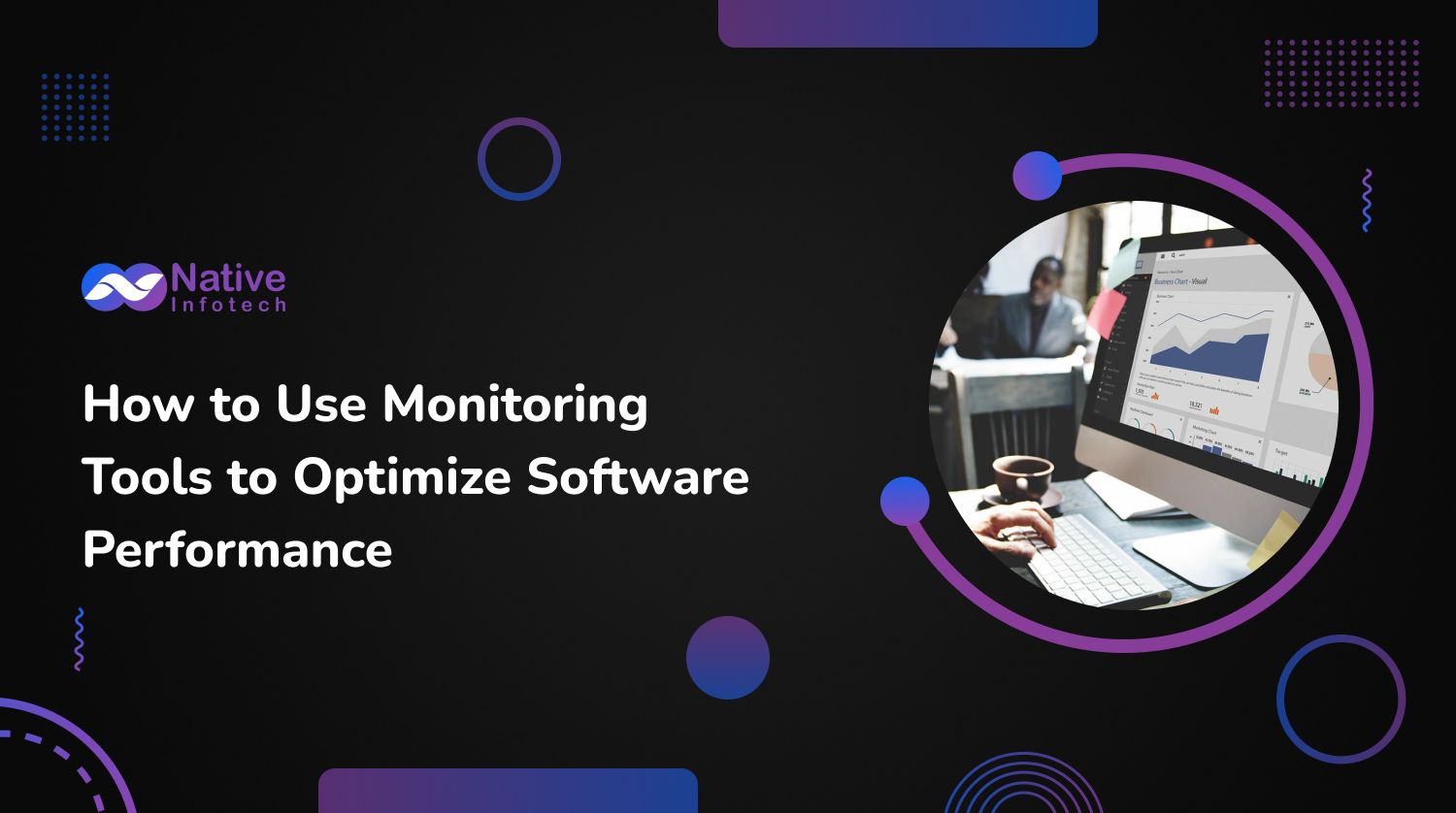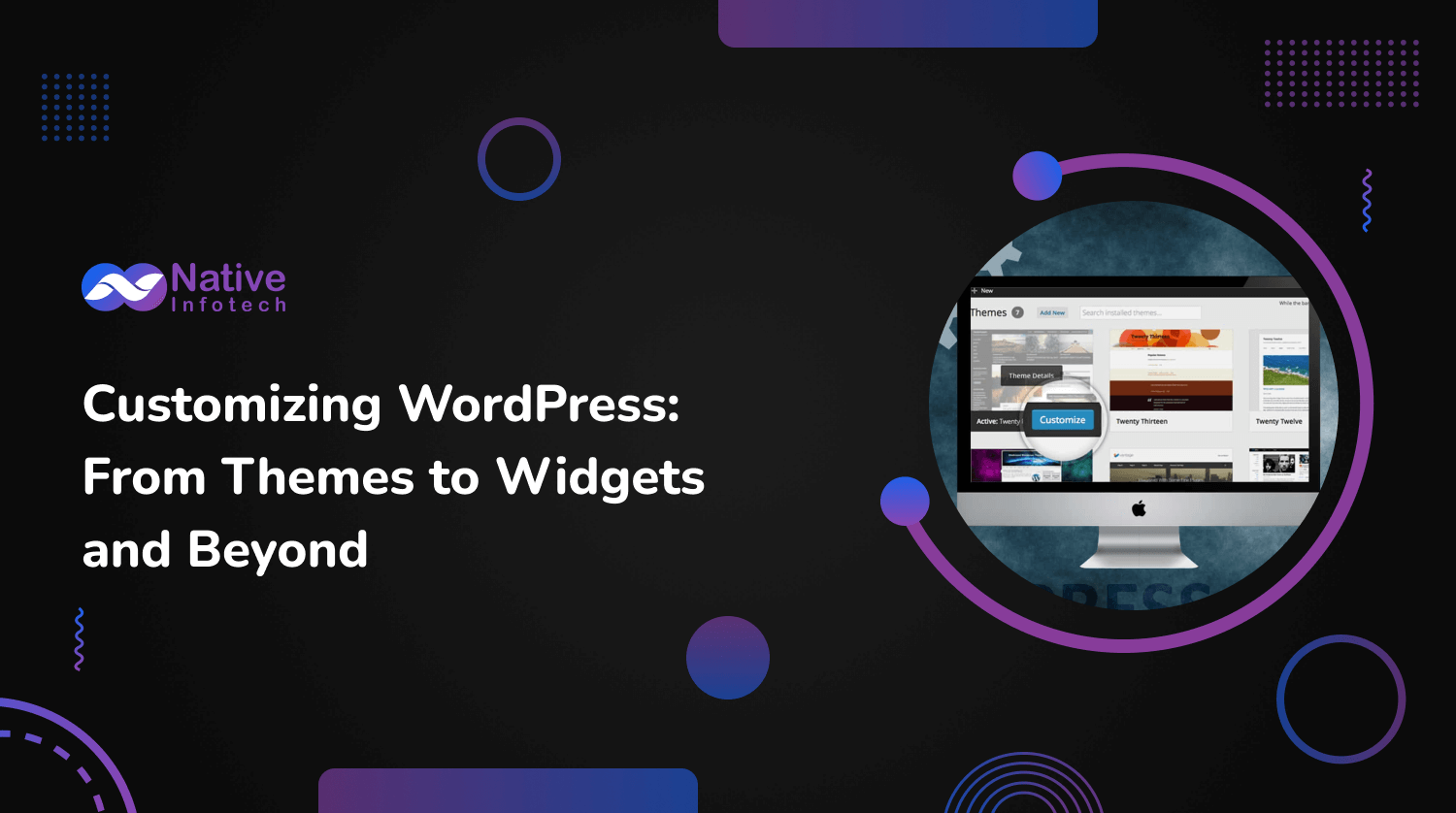
Software performance is essential because it ensures that applications run smoothly, quickly, and reliably. As software gets more complex with features like cloud services and microservices, it’s crucial to keep everything running well. Problems like slow response times or system crashes can cause significant issues, including lost revenue and unhappy users.
Monitoring tools are very important because they help keep track of how well applications are performing. These tools gather data on things like how much memory is being used, how fast responses are, and how much data is being processed. This information helps identify and fix problems, optimize resources, and improve user experience. In short, performance monitoring tools are key for maintaining good software performance, helping prevent issues before they affect users, and ensuring that everything operates efficiently.
Why Monitor Software Performance?
Identify Performance Issues: Discuss how monitoring can help detect slow or failing components.
Understand User Impact: Explain the importance of understanding the real-world user experience.
Proactive Maintenance: Describe how monitoring enables teams to fix issues before they affect users.
Key Metrics to Monitor
Response Time: The time it takes for an application to respond to user requests.
Error Rates: The frequency of errors occurring within an application.
Traffic: The amount of workload handled by the application.
Resource Utilization: CPU, memory, disk usage, and network bandwidth.
Choosing the Right Monitoring Tools
Open Source vs. Commercial Tools: Pros and cons of each, with examples like Prometheus for open source and New Relic for commercial.
Real-time vs. Aggregated Data: Importance of choosing based on the need for real-time monitoring or historical data analysis.
Integration Capabilities: Tools should integrate well with existing software ecosystems.
Setting Up Monitoring Tools
Installation and Configuration: Basic steps to install and configure a monitoring tool.
Setting Baselines and Alerts: How to set performance baselines and configure alerts for anomalies.
Case-Study:
Amazon: Amazon uses sophisticated monitoring tools to manage its massive e-commerce platform. By monitoring real-time data on website traffic and transaction speeds, Amazon can quickly identify and address performance bottlenecks, especially during high-traffic events like Black Friday. This proactive approach helps ensure a seamless shopping experience for millions of users.
Netflix: As a leading streaming service, Netflix depends heavily on performance monitoring to deliver high-quality video content globally. Netflix utilizes a combination of in-house and external monitoring solutions to continuously analyze the performance of its content delivery network. This allows them to detect any issues in video streaming quality immediately and rectify them before they affect large numbers of viewers.
Salesforce: Salesforce, a leader in cloud-based CRM solutions, uses monitoring tools to oversee their vast network of services. These tools help Salesforce detect anomalies and performance degradations in their multi-tenant architecture. By identifying slow database queries or API call delays, they can quickly make adjustments to e
Best Practices for Effective Monitoring
- Comprehensive Coverage: Monitor both front-end and back-end systems.
- Regular Reviews: Regularly review monitoring data and refine alerts.
- Team Collaboration: Encourage collaboration between developers, QA, and IT operations.
Advanced Techniques
- Automated Anomaly Detection: Use AI and machine learning for predictive alerts.
- Custom Metrics: Define custom metrics that are specifically tailored to the business or application needs.
Conclusion
In conclusion, performance monitoring tools are crucial for ensuring optimal software performance as systems grow in complexity. These tools help track vital performance metrics, allowing businesses to proactively address issues and avoid negative impacts on revenue, user satisfaction, and reputation. Companies like Amazon, Netflix, and Salesforce have successfully used these tools to manage their operations efficiently, demonstrating their effectiveness in real-world scenarios. By maintaining rigorous monitoring, businesses can not only resolve issues quickly but also optimize performance continuously. This proactive approach to performance management is essential for any organization looking to succeed in today’s digital landscape.
Exploring the Future: 5 Big Changes Coming to Computers in 2024 and How to Get Ready
Are you ready to dive into the future of computing? The year 2024 promises to be an exciting time for technological advancements, with significant changes expected to revolutionize the way we interact with computers. From quantum computing to augmented reality, here are five big changes coming to computers in 2024 and how you can prepare…
WordPress Trends 2024: What’s New and What’s Next?
As we get closer to 2024, WordPress remains a top choice for creating websites, running a large part of the internet. It keeps changing and growing, making it important for developers, marketers, and business owners to keep up with the new trends. This article looks at the upcoming trends for WordPress in 2024, giving tips…


